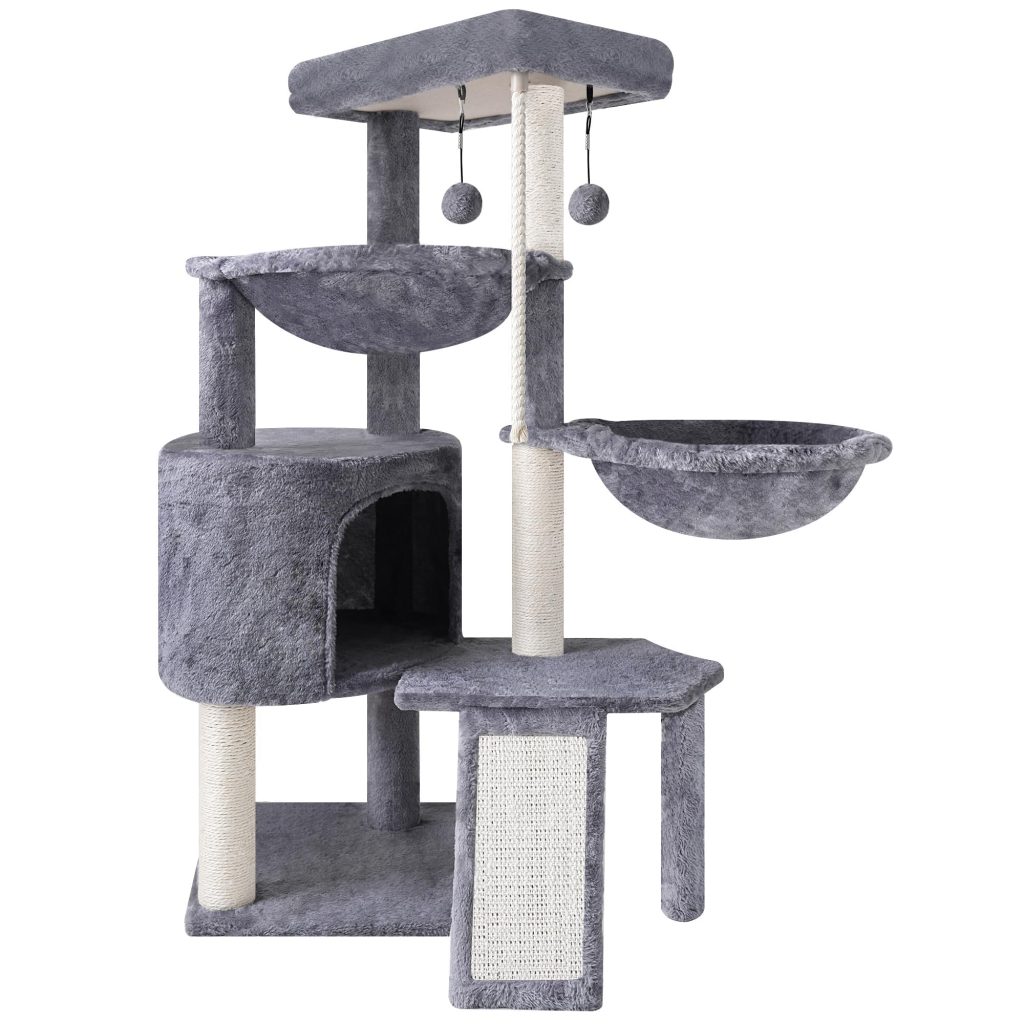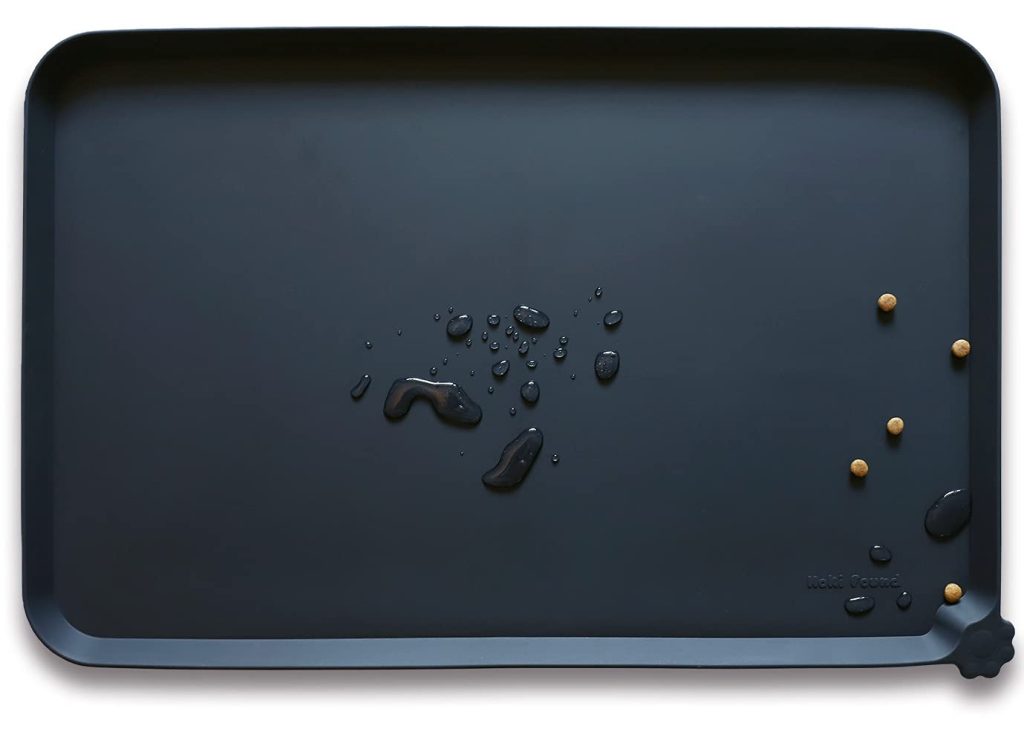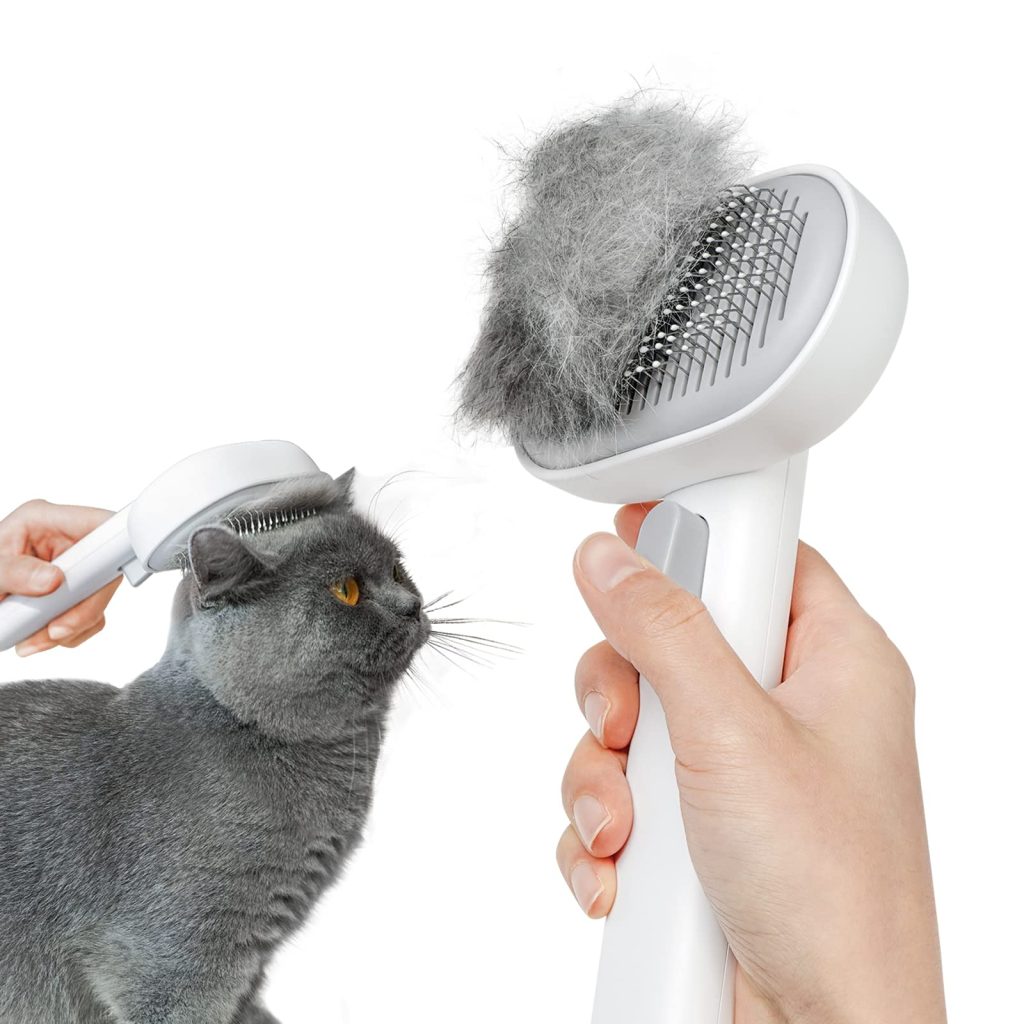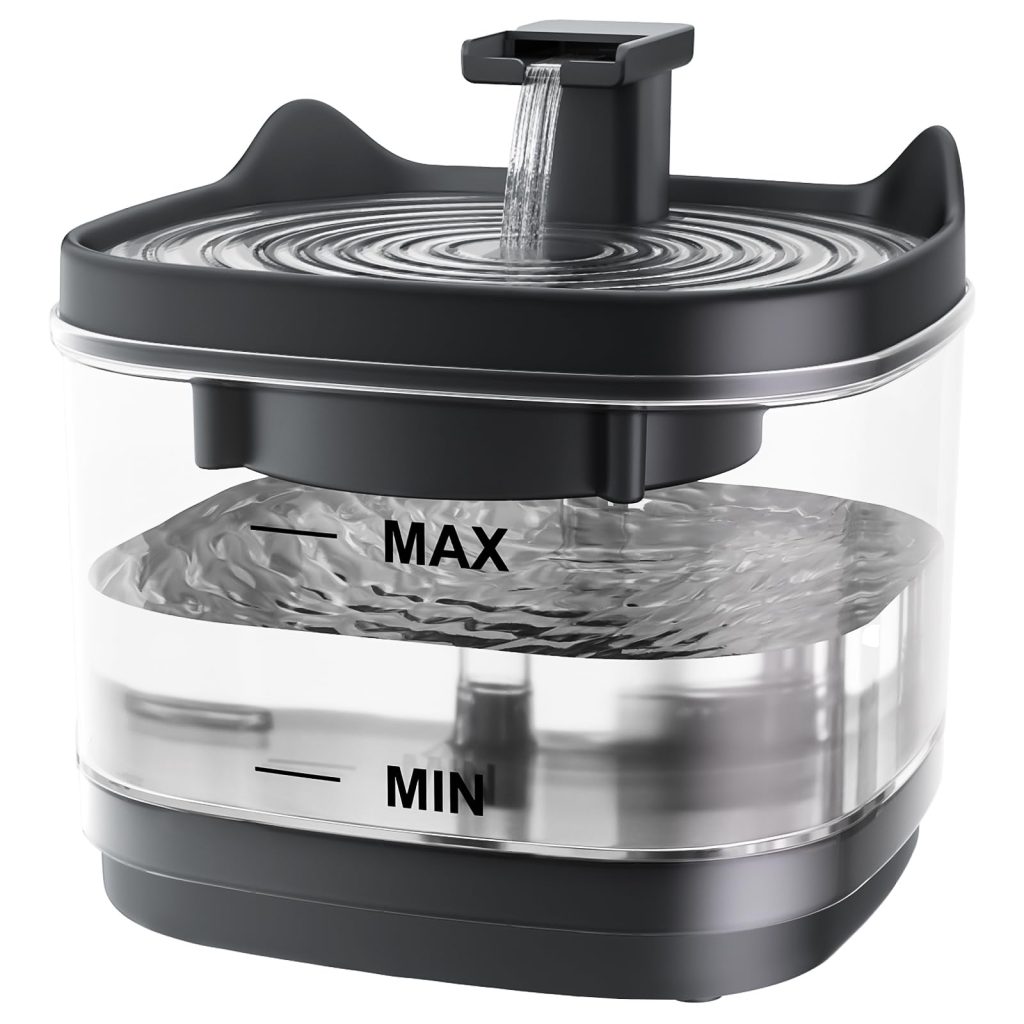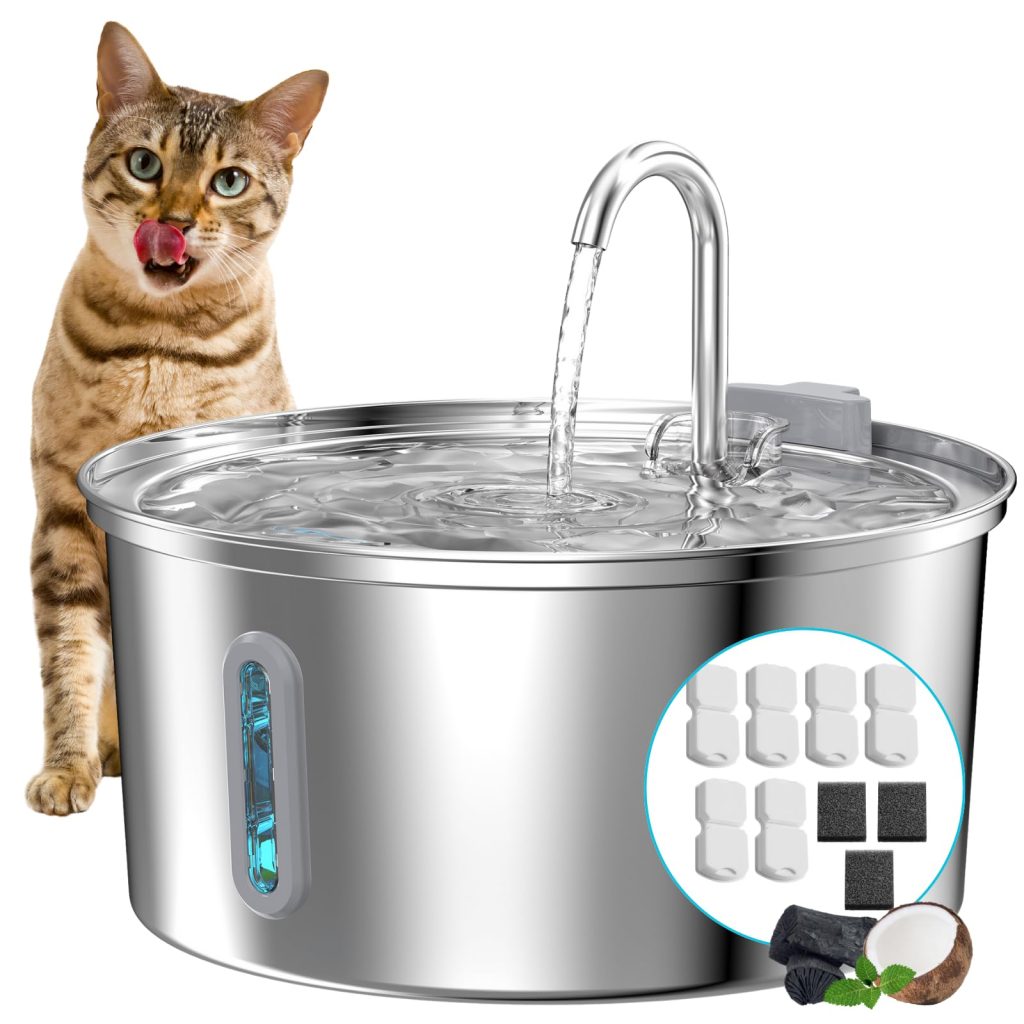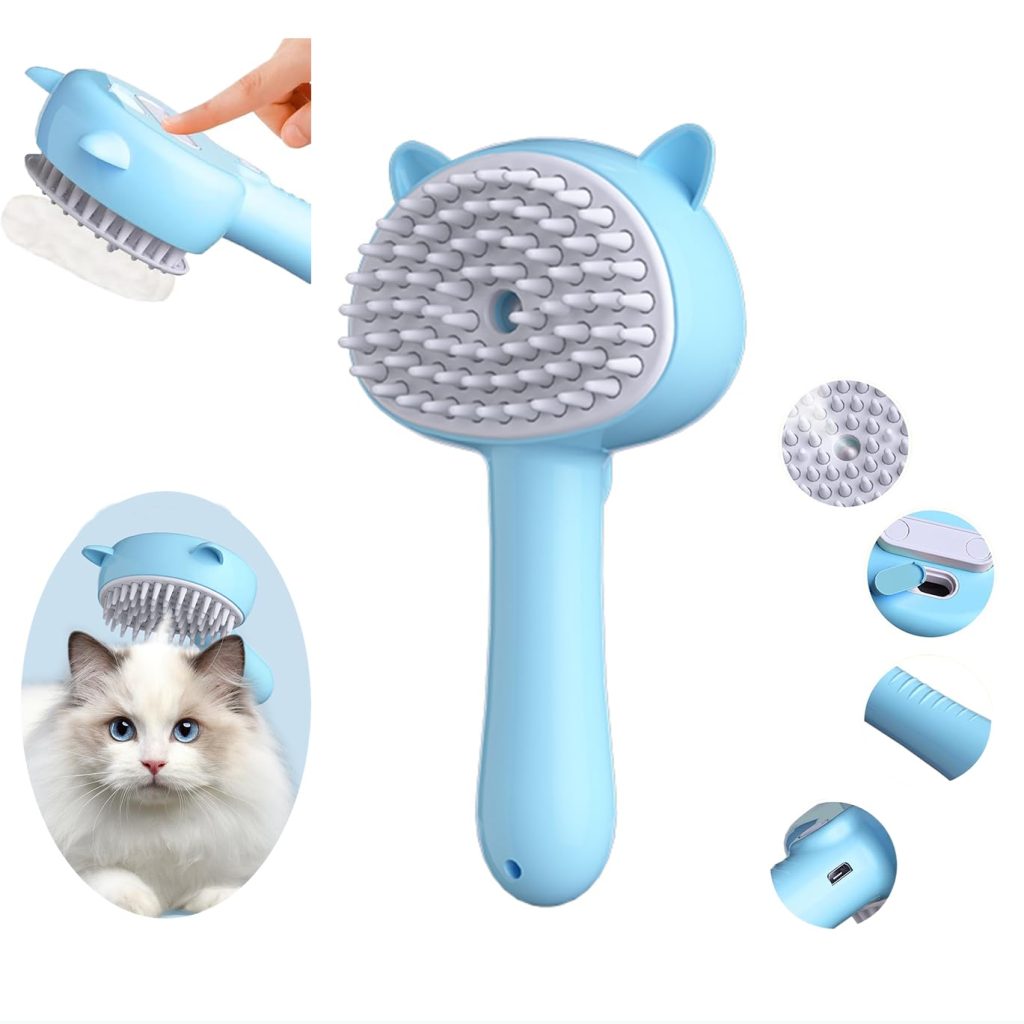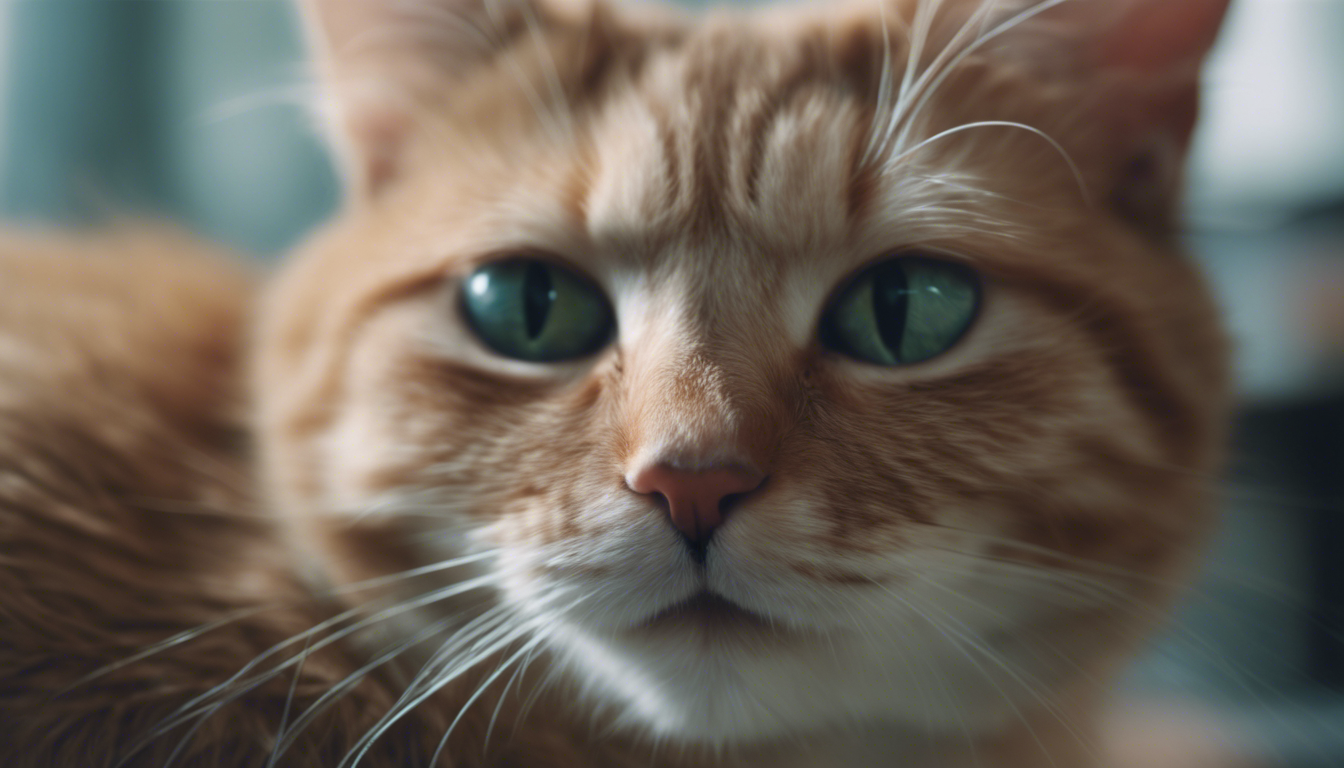
The Mechanics of Purring: How Cats Create the Sound
Have you ever found yourself cozied up with your furry friend, enjoying the soothing sound of a purr, and wondered just how they manage that enchanting rumble? Well, prepare to be amazed because the way cats purr is a fascinating dance of biology and mystery.
Cats produce this iconic sound in a way that’s a bit like a back-and-forth conversation between their brain and their voice muscles. When our whiskered companions are in purr mode, a repetitive neural oscillator sends messages to the voice box, or larynx, muscles. These messages essentially say, ‘Twitch, please!’ These muscles then follow the order, twitching at a consistent rhythm and pace. But here’s where it gets really interesting: this all happens during both the inhalation and exhalation phases of breathing, which is pretty unusual in the animal kingdom. Usually, creatures can only make sounds during one phase or the other.
When a cat breathes in and out and those larynx muscles start doing their twitchy dance, the air vibrates every time the cat breathes past the vocal cords. That’s when the magic happens, and the purring sound is born. What might blow your mind is that the frequency of these vibrations is quite specific, usually between 25 and 150 Hertz. Turns out, cats are not only adorable but might also have an innate sense for beats and rhythm!
Now, you might be thinking, ‘that’s all very scientific, but why does my cat sound like a mini motorboat?’ Well, that is because as those vibrations come out through their mouth and nose, they are amplified, creating the purrsonal symphony we know and love.
Another little whisper of wonder about purring is that not all felines can do it. It is a talent mostly saved for domestic cats and some wild cats, but the kings and queens of the jungle, like lions and tigers, can’t purr in the continuous way smaller cats can. And did you know that kittens can start purring when they are just a few days old? It’s a way for them to say, ‘All is well, Mom!’ as they snuggle up and nurse.
Understanding how cats purr is not only an interesting trip through feline biology but also adds another layer to the never-ending enigma of these charming creatures. It is a sophisticated process that involves precise muscle movements and breath control that could put seasoned yogis to shame!
Next time you are blessed with a purring lap cat, take a moment to appreciate the complex biological concert you are listening to. It’s just another reason why cats are pawsitively fantastic companions, capable of turning biology into an art form that warms hearts and homes.
Communicating Comfort: Purring as a Social Signal
Imagine walking through the door after a long day of work and being greeted by the gentle purring of your cat. This isn’t just a casual ‘hello’; this warm welcome is knitted with layers of feline communication complexity. For cats, purring is akin to a smile or a comforting hug for humans, a way to show they’re happy to see you or that they’re feeling sociable.
Ever notice how a petting session turns your grumpy kitty into a puddle of bliss? As you stroke their fur and hit the sweet spots behind their ears or under their chin, they often respond with a satisfied purr. This isn’t just a sign of contentment, though that’s a big part of it. It is their special way of engaging in social chit-chat, of expressing their pleasure at your affection, and of reinforcing the bond between you two. In their silent, mysterious world, a purr is a loudspeaker of comfort and affection.
Kittens are purring protégés, learning the language of purrs from a tender age. Their first purrs to their mother serve as a signal that all is going well. It is like a baby’s coo, a sound of reassurance that solidifies their connection with their mother. As they grow, they use this innate skill to communicate with their human families, too.
But it’s not just a one-way street. The act of purring also has a calming effect on us, the captivated audience. Many cat owners will attest to the fact that there’s something therapeutic about hearing and feeling the gentle vibrations of a cat’s purr. It sends a message of shared comfort and peaceful co-existence; it is as if they’re telling us to slow down and take a breath.
Don’t, however, fall for the trap of thinking that every purr is a happy purr. Cats are complex creatures, and sometimes they purr when they’re nervous, uncomfortable, or even in pain. It’s a part of their survival toolkit, a subtle language expressing a range of needs and emotions. Their purring can be a self-soothing behavior during times of stress or discomfort, much like a child might suck their thumb for reassurance.
In the symphony of meows, hisses, and chirps, purring stands out as a cat’s steady, reliable baseline. It is a feature in the melody of their everyday communication—a signal that can denote anything from ‘I’m happy and relaxed’, to ‘I’m a little anxious about the situation’. Understanding this spectrum of purring can deepen the connection between cats and their human companions, translating into an extraordinary and nuanced relationship where comfort often takes center stage.
So next time your kitty curls up on your lap and begins to purr, remember you are not just listening to a pleasant sound—you’re participating in an intricate form of social interaction that is as much about companionship as it is about communication. Embrace the moment, communicating back with gentle strokes and whispered words, and you’ll find the comfort conveyed is not just your cat’s, but very much shared.
Healing Vibrations: The Therapeutic Effects of Purring
While many of us have felt the hypnotic effect of a cat’s purr as we stroke their fur after a taxing day, there’s more to this phenomenon than just a cozy vibraphone session. The therapeutic impact of these vibrations isn’t just old housewives’ tales; it’s grounded in scientific studies that hint at an incredible healing ability associated with this unique feline behavior.
It’s remarkable, really. The same purring that signals tranquility can work wonders on the feline body. The frequency range in which cats purr, from 25 to about 150 Hertz, has been associated with promoting healing in bones and tissues. This is right, flipping the switch to purr mode could literally be helping your cat recover from their day’s adventures, keeping their muscles and bones as resilient as their mysterious personalities.
But wait, it gets better! The perks of these purring sessions might extend to us, the adoring pet parents. Ever felt a sense of relief melting over you as your kitty purrs away in your lap? That is not just the emotional comfort talking. Those vibrations can promote healing in humans too, potentially helping us to mend bones, muscles, and maybe even soothing our nerves. It’s like each purr is a tiny, fuzzy doctor making house calls – and we didn’t even have to pick up the phone.
And for those who struggle with insomnia or high stress, your cat’s rhythmic purring might be a lullaby for the soul. The soothing quality of the sound can help relax the mind, which might explain why cat parents often report sleeping better with a purr-box curled up beside them. It is nature’s own sound machine, purr-fectly tuned to send us off into dreamland.
Imagine that—your living, purring, four-legged friend could be a walking therapy session, doing all the work while you simply enjoy the snuggles. When it comes to de-stressing and healing, pharmaceuticals have nothing on the powerful force of purr therapy. Who knew that nestled within each serene session of fur petting could be the key to a healthier, happier life for both you and Mr. Whiskers?
So next time your feline friend starts up their engine, bear in mind that those vibrations are not just a pleasure cruise. They’re like invisible, magical strands weaving through both of your well-being. Cherish every hum and buzz, because, in the world of purrs, each one is a little nudge towards better health and an even stronger bond between cat and companion.
Deciphering Purr Variations: From Contentment to Distress
Just like we humans show our emotions in various tones of voice, cats too speak volumes with the texture of their purrs. To the untrained ear, a purr is just a purr, but if you listen closely, there’s a whole glossary of feelings wrapped up in those vibrations. With a bit of observation and a lot of love, you can start to understand the subtle inflections in your cat’s purr and what they could mean.
Take, for instance, the soft, consistent purr that seems to gently rise and fall as your cat breathes—it’s the epitome of feline happiness. It is the sound of a cat sunbathing in your adoration or simply delighting in the good life of catnip and catnaps. But turn the page to a more urgent, persistent purr, and you could be hearing a cat that’s under the weather or in need of some tender loving care. It is their way of nudging you to pay a little extra attention, of saying, “Hey, I might not be on top of my game today.”
And then there’s the ‘purr and meow’ combo, a mixed signal that might signal mixed feelings. Is your cat feeling playful, or could it be a polite request for dinner service to commence? It’s a quirky quirk of the cat world where they throw in a meow mid-purr to really get their message across. They could be saying, “I’m here, and I’ve got something to say!”
Even more intriguing is when a purr switches from the calm sea of contentment to the choppy waters of anxiety. It’s like an emotional barometer. Maybe it is the arrival of a new pet, a change in the environment, or just an off day—cats can use their purrs to comfort themselves, much like a child might hum a tune to feel better.
The key to this purring puzzle lies in really knowing your furry friend. Each cat is as individual as their purr, and what’s a chill purr for one might be an anxious purr for another. Spend enough time with your whiskered buddy, and you’ll likely become fluent in their purr language, finely tuning into the nuances that say, “I’m ecstatic,” “I need some love,” or even, “Please, can that vet visit wait for another day?”
Remember, it’s not just about the sound; it is about the situation. A cat stretched out in a patch of sunlight purring is living their best life, while a purring cat in a carrier might be trying to self-soothe. By paying attention to the context and your cat’s body language—look for those relaxed eyes, the tail at peace, or the tucked paws—you become more attuned to what their purring truly means.
So, let’s cherish these purring moments, from the silent heartbeats of contentment to the loud rumbles of concern. These sounds are clues to your cat’s inner world, and with each purr, they’re inviting you to understand them better and share in their splendidly mysterious lives. Together, you are not just owner and pet; you are conversationalists in the beautiful language of purr.
